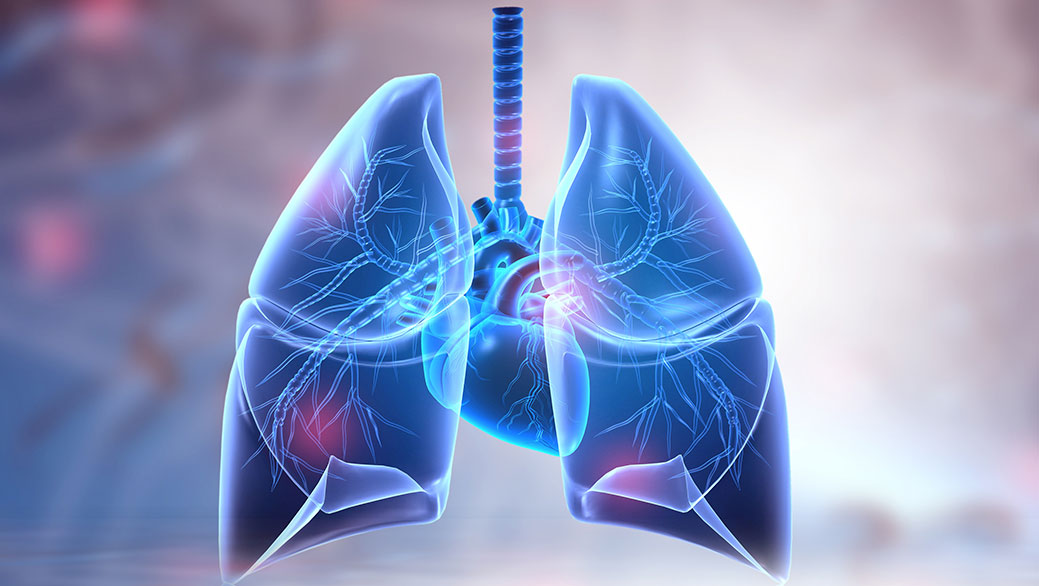Digital Twin
A digital twin is a virtual model, updated from real-life data, that aims to mirror physical products, objects, systems, and processes over their lifecycle. It is a powerful tool to improve operations, increase efficiency, or troubleshoot its physical counterpart. With a digital twin, it is possible to simulate plans or build what-if scenarios for products and processes at an early stage.
RECENT DEVELOPMENTS
Recently, the concept of digital twins moved from manufacturing to AI, IoT, and data analytics. This enables a broader application of digital twins in our world. Digital copies of products, processes, or services will soon connect the real and virtual worlds even more closely. Today’s digital twins are mostly found in production or plant design, but with the increasing digitization of all areas, digital twins will also play an even more significant role in everyday life in the future. Specifically, digital twins are already being used in smart homes, in healthcare, or nearly every day when using Google Maps. A digital twin in the health care sector can represent real-world entities like organs, individuals, or populations in virtual worlds and can be manipulated to enable better and faster diagnoses, realistic education and training, and personalized treatment and care. Imagine a future when your doctor could accurately predict your unique response to treatment by running tests on your digital twin. A time when this digital twin, fed data by a wearable, alerts you and your healthcare provider at the earliest signs of disease. Digital twins are set to revolutionize medicine, what’s still inhibiting their adoption are some technological hurdles as well as the topic of patient data security.
IMPLICATIONS FOR THE HEALTH INDUSTRY
Digital twins, when used in a healthcare setting, map human physiology in silico (digitally). These avatars incorporate data sets about the systems they represent, including genomic sequencing, physiological attributes, or lifestyle characteristics. One form of healthcare digital twins are those of organs and muscle groups. Siemens Healthineers, for example, is pioneering cardiac digital twins to simulate how a patient’s heart would respond to medications or surgeries before making any real-world decisions. Similarly, digital twins of bone and muscle groups simulate how medical devices or implants might degrade within a patient’s body over time. Beyond organs, startups are also creating whole-body digital twins of individuals. Combining patient vitals, medical history, and test results to create complex simulations of patient anatomy and physiology, which can be shared with specialists for individualized care. Moving beyond the realm of individual healthcare, digital twins will also aid researchers and students. And on a larger scale, digital twins can also simulate how populations might respond to disease outbreaks or new drugs, paving the way for clinical trials in the metaverse.
MICROTRENDS
NEUROTWINS
A consortium of European universities and neuroscientific companies are working on a project called Neurotwins to create digital twins of the brains of people with diseases. For this purpose, data from an MRI scan and electroencephalography is used in a computer simulation that captures the electrical activity of the brain. Based on the digital twin, brain stimulation treatments for Alzheimer’s patients will be individually designed. Treatments using electrical stimulation will also be developed for epilepsy patients to help people who have become resistant to treatment.

DIGITAL TWIN SERVICE FOR CLINICAL
Unlearn.AI, a startup that just raised $50 million in funding, is developing a digital twin that replicates the characteristics of patients in trials to enable what they claim are smaller, faster clinical studies, built on a combination of AI and historical data. Today they work with pharma, biotech companies, and academic researchers to generate digital twins for every patient in a clinical trial. If Unlearn’s digital twin works as well as advertised, it could be a godsend for a medical industry that’s long been living with the steep costs and logistical challenges of clinical trials.

PRESISION THERAPY BASED ON DIGITAL TWINS
Acute Respiratory Distress Syndrome (ARDS) has become the focus of medical attention due to the Covid 19 pandemic but it is by no means unique to patients infected with the virus. Artificial respiration itself can also lead to ARDS. A common cause is that ventilators are often not adjusted individually enough, which can damage the lungs. Ebenbuild’s research project aims to improve this situation by providing physicians with an individual image, the digital twin, of the lungs of a patient requiring ventilation., reducing lung damage, increasing chances of survival, and accelerating recovery.

THE LIVING HEART
The Living Heart Project is uniting leading cardiovascular researchers, educators, medical device developers, regulatory agencies, and practicing cardiologists on a shared mission to develop and validate highly accurate personalized digital human heart models. The cornerstone of the project, the Living Heart Model on the 3DEXPERIENCE platform is now being used worldwide to create new ways to design and test new devices and simulate the effect of stents and drug treatments in advance to better match them to the individual requirements of each patient.

SOURCES
INFORMATION
Rohrbeck Heger, The Future of Digital Healthcare
Trendmanager
PICTURES
Main Picture: Getty Images
Microtrend 1: Getty Images
Microtrend 2: Getty Images
Microtrend 3: Getty Images
Microtrend 4: 3dexperiencelab.3ds.com

